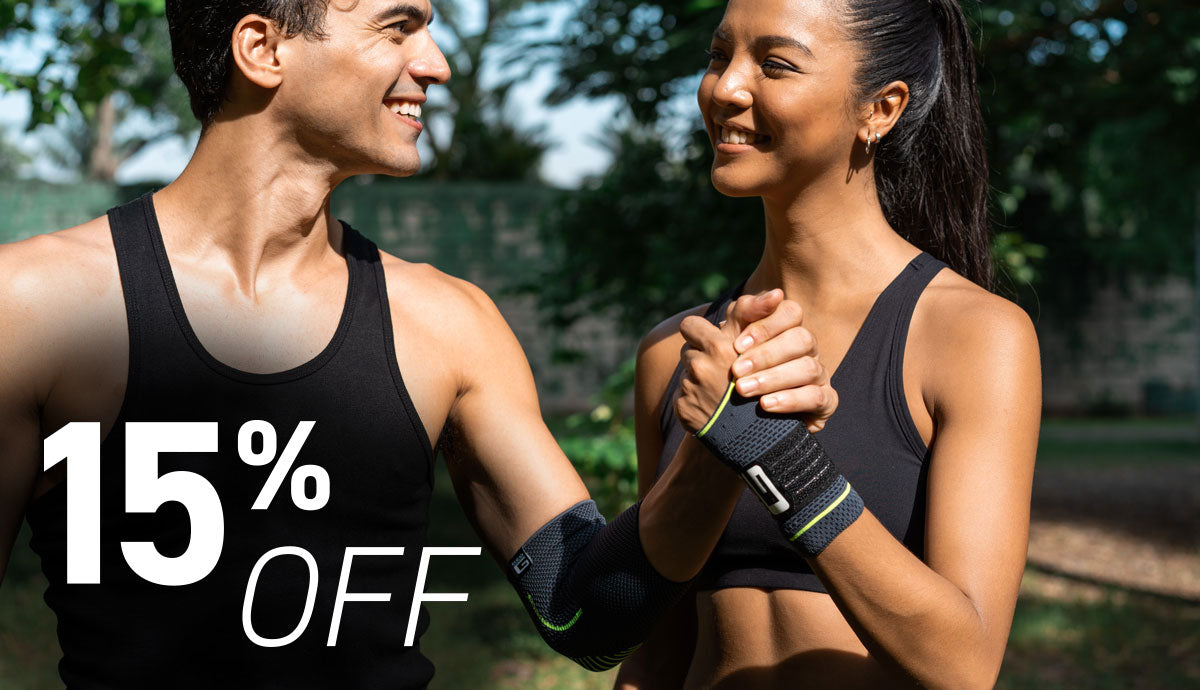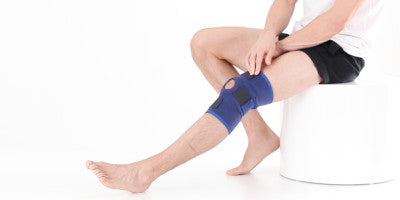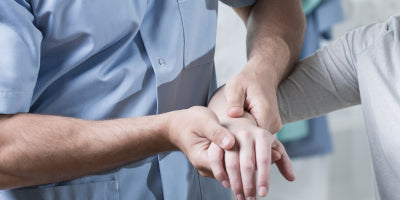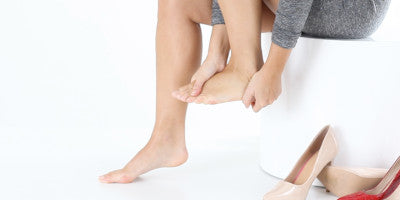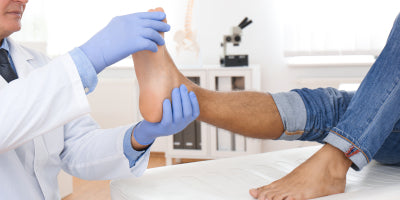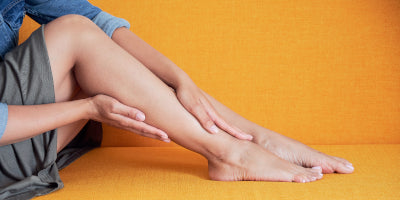Four ways to improve posture and prevent back problems whilst on lock down

Poor posture can be a leading cause of back problems and is something we need to be consciously thinking about especially with the current restrictions around the world. Here are our top tips for improving your posture and reducing the risk of back problems.
Tip 1: Check your Posture

If you can record or take a picture of you stood up naturally, both from the front and side, this will allow you to address some key areas of your posture that can need fixing. Pay close attention to these three areas:
Shoulders- Let your arms hang naturally by your side, if your knuckles are facing forward it could be a sign of rounded shoulders (tight chest, weak upper back). A great exercise to help is a chest stretch as shown on the NHS website https://www.nhs.uk/video/Pages/strength-and-flex-chest-stretch.aspx
Back- Check the curvature of your lower back - it should not be completely straight. If you have a flat back, you may find it difficult standing for long periods as your pelvis is tucked in and excessive strain will be muscles around the lower back and pelvis. Exercises to help include side-lying leg raises and back extensions.
Pelvis/Hips- check your hips are level and not encouraging more movement on 1 side to the other. Also, when looking from the side, do you have an excessive curve forwards in the lower back? Imagine a string attached to the top of your head pulling you upwards maintaining the spines natural curvature and your shoulders parallel with your hips.
Tip 2: Be careful on your phone, avoid “Text Neck”

Advances in technology have meant we are spending more times on our phones, but this has lead to an increase in “text neck.” Looking down at our phones for too long can cause you to lean forward putting excessive strain on your neck and upper back and leading to a hunched back posture. Try to bring the phone up to eye level to avoid the bending at your neck.
Tip 3: Avoid sitting in the same place for long periods

While sitting on the sofa and watching TV it can become all to common to slouch or get ourselves into an awkward position. While this may feel fine for short periods, over an extended period you are putting a large strain on your body. Try to avoid twisting your body or slouching in the chair as this will increase tension in your muscles and lead to pain if unchecked. Regularly get up and move around even if it is just between rooms or to get a drink.
Tip 4: Don’t forget to Sleep/Nap correctly

Sleeping or napping is likely to be the longest period of inactivity for people during the day so being in the wrong position can undo all the hard work that you have done for your posture previously. Look at your position while sleeping, if your mattress is too soft it will not support your spines natural shape. Side sleepers should bend your knees slightly but don’t hug them and place a pillow between your legs to avoid strain on your muscles.
Bonus tip: Use heat therapy or a support to alleviate pain

The key with back pain is to keep active as much as possible. Use heat therapy to your advantage through heat packs that can directly heat the muscle making the muscles more supple and reducing tension. Alternatively use a quality medical grade posture support or back support when required, not only will these help to support the muscles during activity but depending on the material used these will also heat the muscles.

Relevant article link: Tackling Repetitive Strain Injury At Work

Our VCS range offers varying levels of support from mild to moderate to firm to provide optimum protection and stability. As a one size solution, these supports are fully adjustable to allow for a custom fit. In addition to this, the heat therapeutic neoprene helps to warm muscles and joints during exercise and rehabilitation, making the VCS range perfect for supporting instability during weights and gym training, as well as helping strains, sprains and weak, arthritic joints.

If its rest and recovery you need, our hot and cold therapy range offers just that. While heat therapy helps to target muscle and joint pain by relaxing muscles and improving blood flow, cold therapy works to tackle muscle swelling, soothing aches and pains.
Read more in our full Hot & Cold Therapy post.
